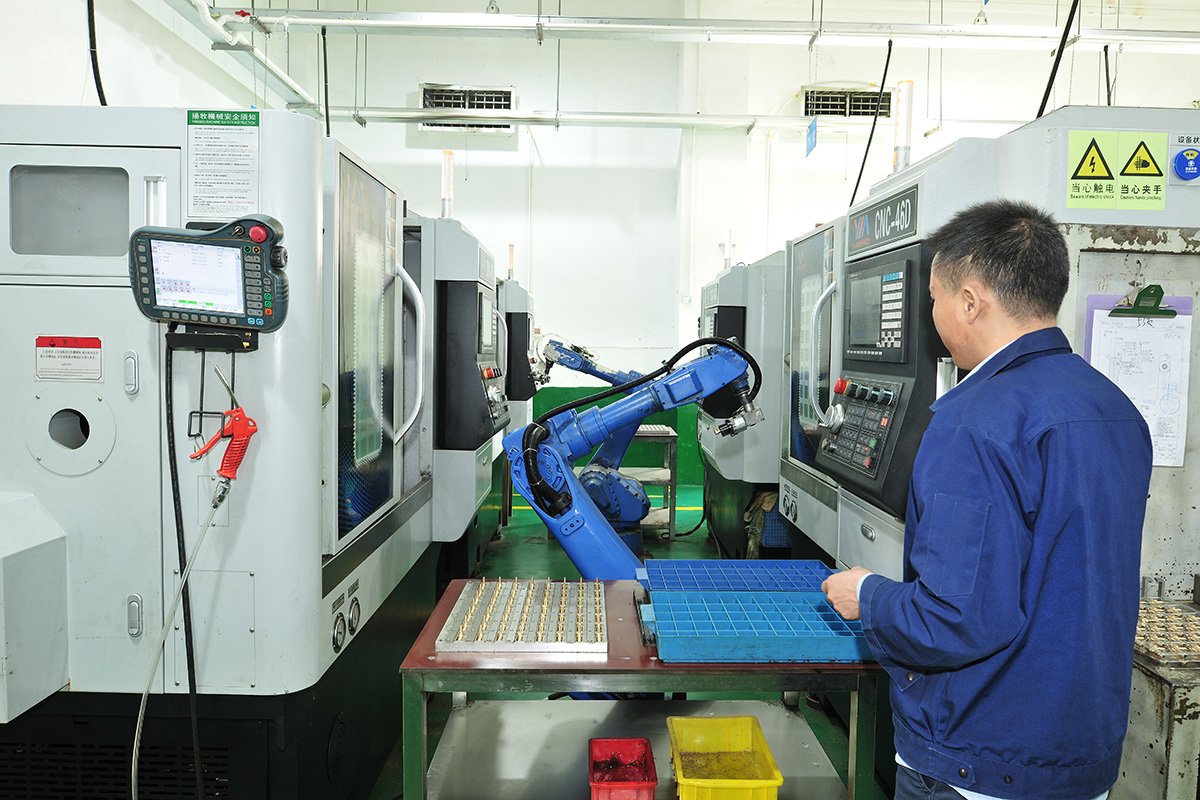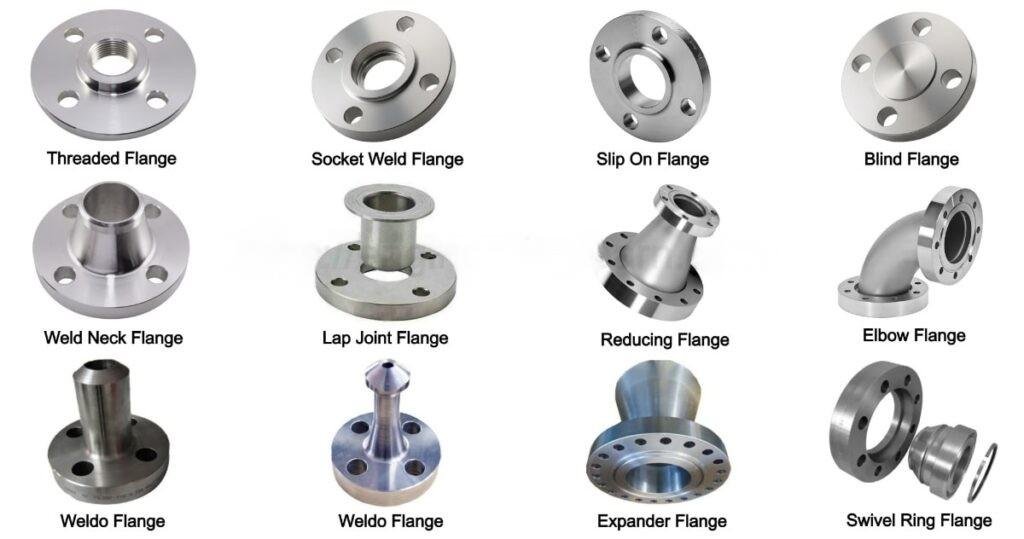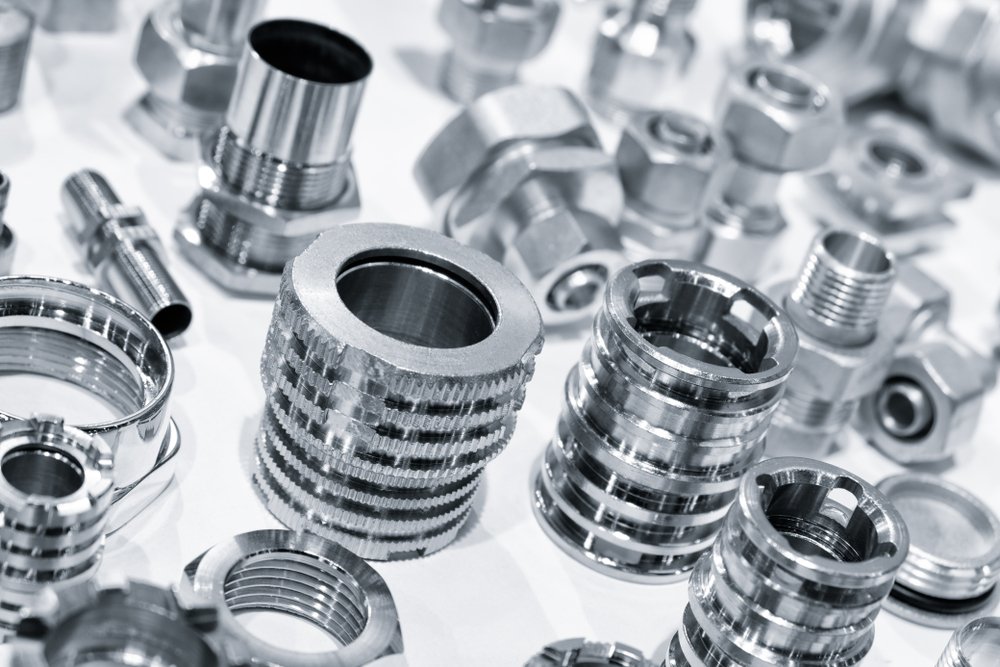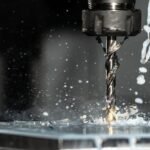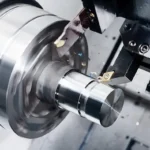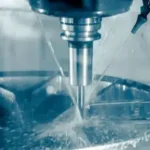In the complex ecosystem of modern vehicles, countless components work together to deliver safety, comfort, and performance. Among these, gas springs stand out as unsung heroes—quietly powering everyday functions drivers and passengers rely on, yet rarely noticed until malfunctioning. From smoothly opening trunks to supporting adjustable seats, gas springs play a critical role in enhancing the automotive experience. As the industry evolves toward electrification, lightweighting, and smarter design, manufacturing these essential components has been revolutionized by Computer Numerical Control (CNC) technology. This article explores gas springs’ importance in automotive applications, how CNC machining transformed their development, and why mastering CNC technology is vital for the automotive sector’s future.
.
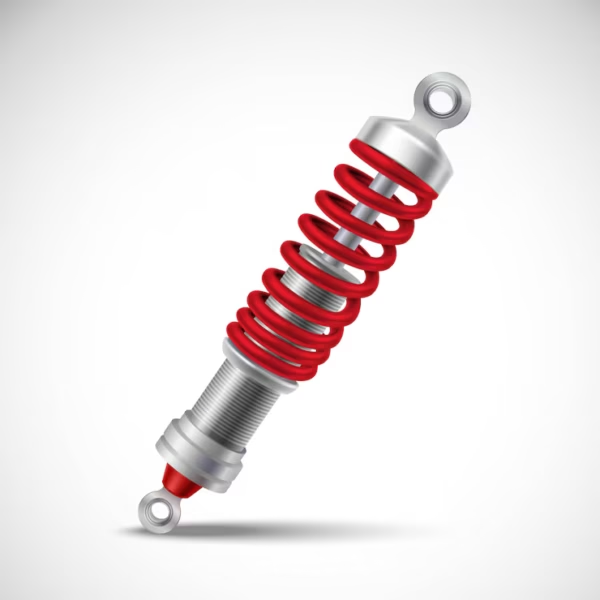
What Are Gas Springs, and How Do They Work?
A gas spring is a mechanical device using compressed gas (typically nitrogen) or a gas-oil mix to generate force, providing controlled motion, support, or damping. Unlike traditional coil springs relying on metal elasticity, gas springs use gas compressibility to deliver smooth, adjustable force. Their basic structure includes a cylinder, piston rod, sealed chamber, and pressure-regulating valves. When force is applied to the piston rod, internal gas compresses to store energy; when released, gas expands to exert consistent force for lifting, lowering, or stabilizing objects.
This design offers key advantages: silent operation, minimal maintenance, and uniform force across motion ranges. These traits make them ideal for applications demanding precision, reliability, and user-friendliness—especially in automotive contexts.
Why Gas Springs Are Indispensable in Automotive
The automotive sector is one of the largest gas spring users, integrating them into dozens of critical and convenience systems. Their versatility and reliability make them essential for modern vehicle design, impacting functionality and user experience. Key applications include:
1. Vehicle Access and Convenience
Gas springs are widely used in trunk lids, hoods, and tailgates. They counterbalance heavy components, allowing one-handed, effortless operation. A trunk with gas springs won’t slam shut unexpectedly or require excessive lifting force, enhancing safety and convenience.
2. Seating Comfort and Adjustment
Modern car seats, especially premium models, rely on gas springs for height adjustment, reclining, and lumbar support. These springs enable smooth, precise movement, letting users customize seating positions for long-journey comfort. Without gas springs, adjustments would be clunky, noisy, or prone to sudden shifts.
3. Safety and Damping Systems
Gas springs contribute to safety-critical systems, securing foldable rear seats in place and enabling smooth unfolding. In some vehicles, they damp suspension vibrations or stabilize hoods during maintenance, preventing injury from accidental closure.
4. Electric Vehicle (EV) Adaptations
As the industry shifts to EVs, weight reduction and energy efficiency become paramount. Lightweight yet strong gas springs replace heavier mechanical systems, reducing vehicle weight and improving battery range. Their silent operation aligns with EVs’ quiet, refined driving experience.
In short, gas springs are integral to modern vehicles’ safety, comfort, and efficiency. Design or manufacturing flaws can cause user frustration, safety risks, or increased warranty claims, making production quality non-negotiable.
Challenges of Traditional Gas Spring Manufacturing
For decades, gas spring production relied on traditional methods like manual machining or basic automation. While functional for simple designs, these approaches struggled with modern automotive standards. Key challenges included:
1.Precision Limitations
Traditional machining often produced inconsistent tolerances, especially in critical components like piston rods and cylinders. Even minor deviations caused leaks, reduced lifespan, or uneven force output—unacceptable in automotive use.
2. Design Restrictions
Complex geometries (e.g., optimized cylinder inner walls or custom piston profiles) were hard to produce, limiting performance improvements like friction reduction or durability enhancement.
3.Quality Inconsistency
Manual processes introduced human error, causing unit variations. In mass production, this meant premature failures in some units while others performed well, disrupting assembly and frustrating customers.
4. Slow Iteration
Updating designs for new requirements (e.g., lighter materials or higher pressure) required retooling and retraining, slowing innovation.
These challenges highlighted the need for advanced manufacturing—one delivering precision, consistency, and flexibility. Enter CNC technology.
How CNC Technology Transformed Gas Spring Development
CNC machining, using computer programs to control tools, revolutionized gas spring design and production. Replacing manual processes with computer-guided precision addressed traditional limitations and unlocked new performance possibilities:
1. Unmatched Precision for Critical Components
Gas springs depend on tight tolerances. Even 0.01mm deviations in piston rod diameter or cylinder surfaces can cause leaks, reducing output and lifespan. CNC machines achieve ±0.001mm tolerances, ensuring perfect component fits. This eliminates leaks, reduces friction, and extends operational life—from 50,000 cycles with traditional methods to over 100,000 with CNC.
2. Enabling Complex, Performance-Driven Designs
CNC technology allows production of intricate geometries previously impossible:
Optimized Cylinder Walls
Micro-textured or tapered inner walls reduce friction and improve gas flow, enhancing force consistency.
Custom Piston Rods
Specialized profiles (stepped or coated) resist corrosion (vital for outdoor use) or reduce weight without sacrificing strength.
Integrated Valves
Efficient pressure-regulating valves integrate seamlessly into cylinders, improving damping for applications like seat adjustment.
These innovations directly enhance reliability, efficiency, and adaptability to automotive needs.
3. Consistency in Mass Production
Automakers require thousands of identical gas springs. CNC ensures every unit matches the last—computer programs eliminate human error, and automated quality checks flag deviations immediately. This consistency reduces assembly delays, lowers warranty costs, and ensures uniform vehicle standards.
4. Faster Innovation and Adaptability
The automotive industry evolves rapidly with new models, materials, and regulations. CNC enables quick adaptation: updating designs (for weight reduction, pressure increases, or new layouts) only requires modifying programs, not retooling lines. This agility keeps suppliers aligned with automakers’ tight schedules, ensuring timely launches with quality components.
CNC Technology: A Cornerstone of Automotive Future
CNC’s impact on gas springs illustrates its broader automotive importance. As vehicles advance with electric powertrains, autonomy, and lightweight materials, demand for precision components grows. Mastering CNC is non-negotiable for future innovation:
1. Meeting Electrification Demands
EVs need lighter, more efficient components to maximize range. CNC machines process advanced materials (high-strength aluminum, carbon fiber) hard to handle traditionally. For gas springs, this means lighter yet stronger cylinders and rods, aiding vehicle lightweighting without performance loss.
2. Supporting Smart and Connected Vehicles
Modern cars integrate sensors, actuators, and complex systems requiring seamless coordination. CNC-manufactured components (including gas springs) offer precision for such integration. For example, smart seat gas springs interact with sensors, adjusting automatically to passenger weight or driving conditions—only possible with CNC-enabled consistency.
3. Enhancing Sustainability
Sustainability is key for automakers, and CNC supports this: machines optimize material use, reducing waste via exact cuts. Durable CNC-produced gas springs require fewer replacements, lowering environmental impact. Aluminum gas springs, 100% recyclable, with long lifespans, contribute to circular economies.
4. Driving Cost Efficiency
While CNC requires initial investment, it cuts long-term costs: fewer defects reduce warranties; faster iterations shorten time-to-market; consistent quality streamlines assembly. For automakers, this means competitive pricing and higher profitability.
Partner With Us for Premium Gas Spring Solutions
At EBI, we leverage CNC technology to produce high-performance gas springs for evolving automotive needs. With 15 years of experience, our team combines engineering expertise with state-of-the-art CNC machining to meet strict precision, durability, and sustainability standards.
Whether for EVs, luxury sedans, or trucks, we offer:
Custom Design Support
Engineers collaborate on application-optimized gas springs, from load capacity to materials.
Rigorous Testing
Every unit undergoes pressure cycling, leak detection, and durability trials for real-world reliability.
Scalable Production
From prototypes to mass runs, our CNC facilities adapt to volume needs without quality compromise.
Sustainability Focus
Eco-friendly materials and efficient processes align with your brand’s green commitments.
Conclusion
Gas springs, though unheralded, are vital to modern vehicles’ functionality, safety, and comfort. Their role grows with industry advances, especially in EVs and smart cars. CNC technology revolutionized their development, enabling the precision, consistency, and innovation meeting today’s automotive demands. Mastering CNC is essential for competitive automakers and suppliers—it drives quality, sustainability, and innovation. Seeking reliable gas springs for automotive projects? Contact us to discuss your needs. Let’s use CNC technology to create solutions elevating your vehicles’ performance and user experience. Automotive excellence’s future rests on precision—and with CNC-manufactured gas springs, that future is achievable.
If you want to get a spring gas service,we wil always be glad to help you
Exploring the World of Industrial CNC Machining
